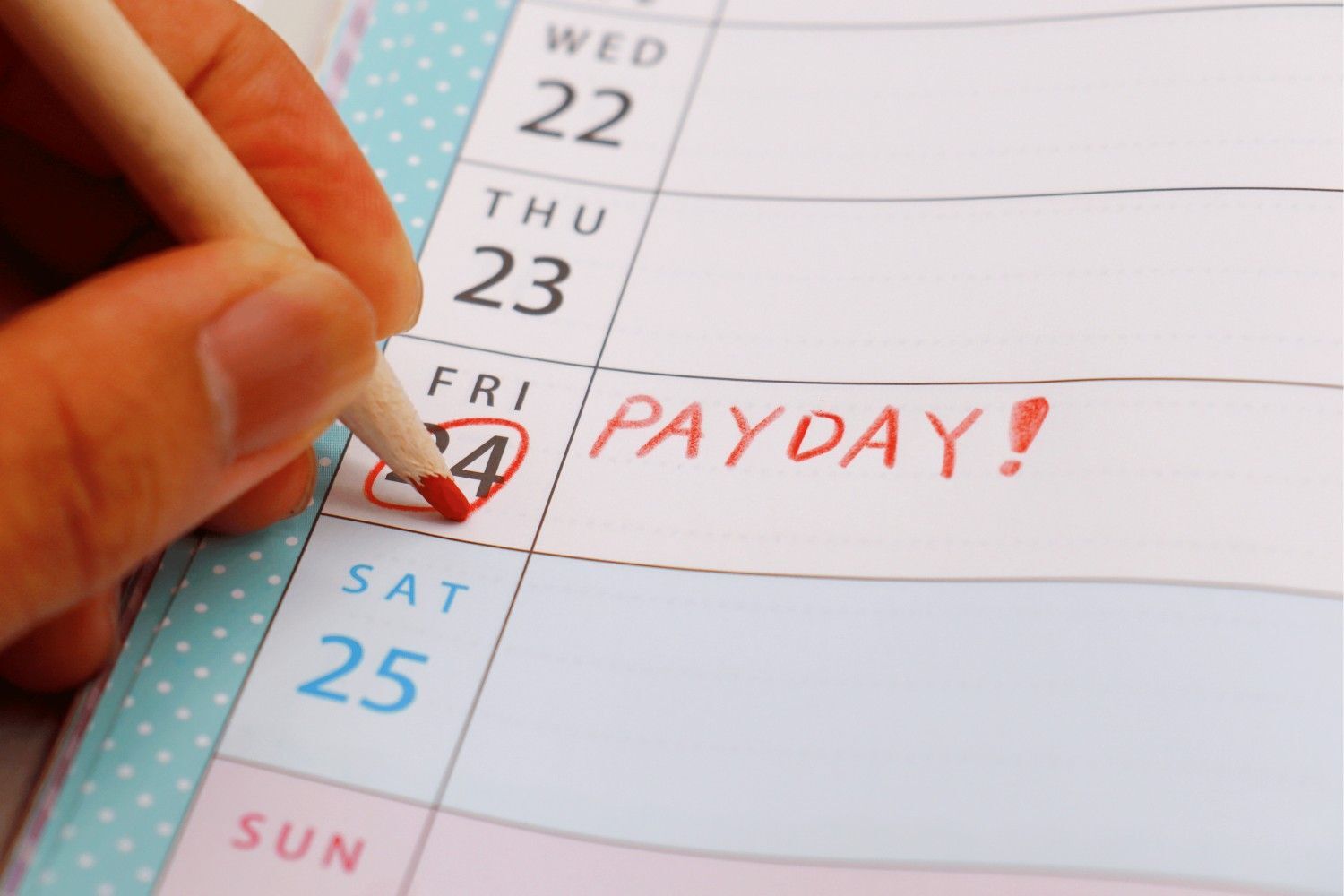Paying HMRC by Direct Debit
.png)
Now, you can pay your monthly or quarterly PAYE bill (Tax and National Insurance Contributions) to HMRC by Direct Debit through our services. We are here to assist you every step of the way.
Paying your bills automatically has never been easier.
You can set up a Direct Debit through your HM Revenue and Customs (HMRC) online account for either paying your bills automatically or making a single payment.
HMRC ensures automatic collection of the payment from your bank account based on the amount in your Full Payment Submission (FPS). All you need to do is set your direct Debit only once.
You can easily set it up four working days before your payment due date.
If you are someone who chooses to make the payment on a quarterly basis, you should submit a monthly return. HMRC will collect your total payment every three months without any hassle.
HMRC generally collects the payment either shortly after the 22nd of the month or four working days after you file your payroll return. HMRC follows an efficient payment collection system that updates the individuals regarding the date and amount within three working days before the payment is collected. The payment is reported as ‘HMRC SDDS’ on your bank statement.
Benefits of Paying HMRC by Direct Debit
There are several advantages to setting up a Direct Debit for your PAYE bills:
-
Automatic Payments: Once you set up the Direct Debit, HMRC will automatically collect the payment from your bank account based on the figures in your Full Payment Submission (FPS). You won’t have to worry about remembering the due dates or manually processing payments each month or quarter.
-
Consistency and Accuracy: Direct Debit payments are linked directly to your payroll submissions, which helps ensure that the correct amount is paid on time, reducing the risk of errors or missed payments.
-
Convenience: You can set it up online, and the payment is typically processed either shortly after the 22nd of the month or within four working days of submitting your payroll return. You'll be notified about the payment date and amount at least three working days in advance, so you can plan your cash flow accordingly.
-
Peace of Mind: Setting up a Direct Debit removes the stress of manually managing your payments. The system updates and ensures that the correct amounts are collected, which can save you time and effort.
-
No Late Fees: By using Direct Debit, you reduce the chances of incurring late payment penalties, as your payments will be made on time and according to your scheduled submissions.
How to Set Up a Direct Debit with HMRC
Setting up a Direct Debit with HMRC is a straightforward process. Here’s how you can do it:
-
Log in to Your HMRC Online Account: Start by logging into your HMRC online account. If you don't have one, you'll need to create an account first.
-
Choose Your Payment Option: You can either set up an automatic Direct Debit for your monthly or quarterly payments, or you can make a single payment each time you owe HMRC. For automatic payments, set it up for either monthly or quarterly frequency, depending on your business.
-
Set Up Your Direct Debit:
-
For monthly payments, you can set it up four working days before the payment due date.
-
For quarterly payments, ensure you submit your monthly return as usual. HMRC will collect your payment automatically every three months based on your submission, saving you the hassle of manually entering the payment each time.
-
-
Provide Bank Details: You'll need to provide your bank details, including the account number and sort code from which the payments will be collected.
-
Confirmation and Payment Notification: Once your Direct Debit is set up, HMRC will send you a confirmation. They’ll also provide a notification of when they’ll collect the payment (usually three working days before the payment is due).
-
Keep Track of Your Payments: The payment will appear on your bank statement as "HMRC SDDS" (for recurring payments) or "HMRC NDDS" (for one-time payments), so you can easily track them.
Can I Cancel a Direct Debit Easily If My Cash Flow Situation Changes?
Yes, one of the key benefits of using Direct Debit is the flexibility it offers. If your cash flow situation changes, you can easily cancel or amend your Direct Debit.
What Charges Can I Pay by Direct Debit?
- Full Payment Submission (FPS)
- Employer Payment Submission (EPS)
- Construction Industry Scheme (CIS)
- Apprenticeship Levy (AL)
- Class 1A National Insurance
- Earlier Year Update
However, there are certain charges you can't pay by Direct Debit, such as:
- Any interest or penalties owed by the individual
- Return payment over £20 million
Understanding Your Reference Number
Your reference number will contain a 13-character accounts office number as your payment reference. You can find it in your HMRC online account or on the letter sent by HMRC to you at the time of registration as an employer or the front of your payment booklet, in case you have it.
You will need to add extra numbers to your 13-character accounts office reference number every time you make an early or late payment.
Make sure to use the right reference number, or it may get delayed
Making a single payment to HMRC using Direct Debit services is made easy by dhpayroll.
Making a one-time payment to HMRC using Direct Debit is simple and efficient with dhpayroll.
With this option, you'll need to set up a payment each time you owe HMRC, giving you flexibility while ensuring your payments are made on time. For the first payment, you’ll need to set up the Direct Debit at least five working days before your due date. For subsequent payments, aim to set it up three working days before the due date. The payment will appear on your bank statement as ‘HMRC NDDS.’
For more details and to arrange your Direct Debit with HMRC, click here to visit the official HMRC page
Read More About Taxes
Check out these helpful articles to learn more:
1. UK Income Tax Codes Explained
2. Managing PAYE for Small Business Owners: A Practical Guide
3. The Impact of New Inheritance Tax Rules on Pensions and Planning





.png)


Comments